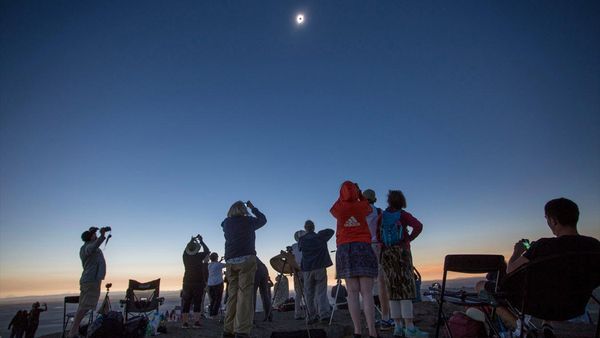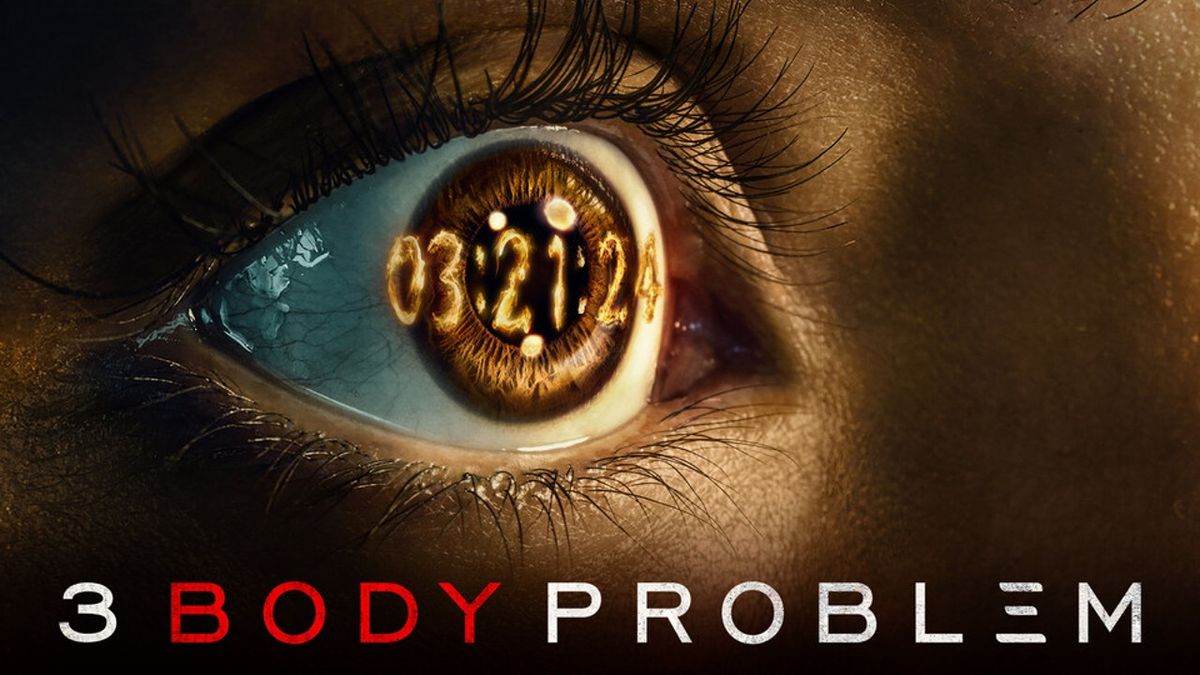The Enchanting Phenomenon of Solar Eclipse Color Changes
Dr. Tracy Gregg, a renowned planetary scientist, vividly recalls the mesmerizing experience of observing a total solar eclipse in a Tennessee state park back in August of 2017. As the moon engulfed the sun, casting a shadow over the land, she noticed a remarkable shift in the colors of the surrounding meadow. The once familiar greens and blues were now transformed into a captivating palette of violet and lavender, a spectacle brought about by the Purkinje effect.
The Purkinje Effect: A Natural Wonder
The Purkinje effect, triggered by the fluctuating light levels during a solar eclipse, presents a fascinating shift in color perception for observers. As sunlight dims rapidly during totality, colors such as red and orange lose their vibrancy, while shades of purple, blue, and green become more pronounced. This phenomenon adds an extra layer of surreal beauty to an already awe-inspiring celestial event.
The Science Behind the Color Transformation
Our ability to perceive this captivating color transformation is rooted in the intricate anatomy of the human eye. The interplay between cone cells (responsible for photopic vision) and rod cells (which enable scotopic vision) within the retina results in mesopic vision during twilight or an eclipse. This unique combination of cone and rod activity leads to a partial loss of color perception, enhancing the brilliance of greens and blues in low light conditions.
While human retinas possess three types of color-sensing cones – red, green, and blue – the mesopic phase primarily amplifies signals from green and blue cones, creating a heightened sensitivity to these hues. This selective enhancement explains the vibrant display of greens and blues during twilight and solar eclipses, making the experience even more visually striking.
Colorful Perspectives Across Species
Animals, with their diverse visual capabilities, perceive the Purkinje effect in varying ways. Birds, equipped with a fourth cone for detecting ultraviolet light, may witness an even more intense color transformation during an eclipse, with shades of purple appearing exceptionally vivid. In contrast, dogs, limited to blue and yellow cones in their retinas, might not appreciate the visual spectacle as much, seeing only a dull reddish-brown hue.
Embracing the Phenomenon
As the next total solar eclipse approaches on April 8, 2024, enthusiasts like Dr. Tracy Gregg eagerly anticipate the opportunity to once again witness the Purkinje effect in action. With the sun’s light transitioning swiftly from photopic to mesopic to scotopic vision, observers are encouraged to experiment with colors and contrasts, enhancing their eclipse experience.
Whether it’s wearing reds and greens to maximize visual impact or indulging in colorful treats like Skittles to test color perception, the upcoming eclipse promises a captivating display of nature’s wonders. So, mark your calendars and prepare to witness the enchanting interplay of light and color during this celestial spectacle.
Capturing the Moment
For Dr. Tracy Gregg, capturing the essence of the eclipse goes beyond mere observation. Armed with an old-fashioned camera with manual settings, she aims to preserve the unique play of light and colors during this rare event. While modern smartphones may adjust automatically, Gregg prefers a more authentic approach to photography, ensuring that the vivid hues of the eclipse are immortalized in her snapshots.
Image/Photo credit: source url





